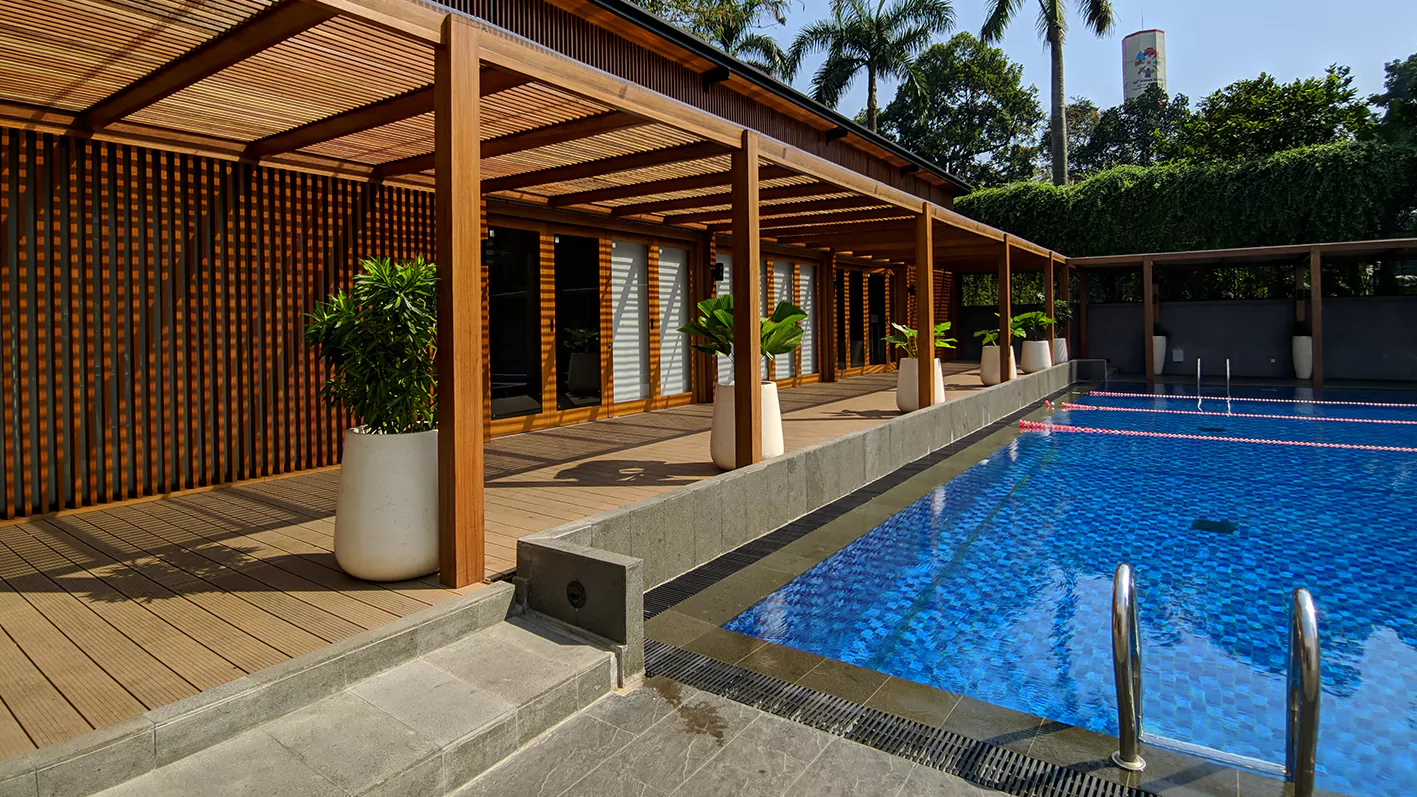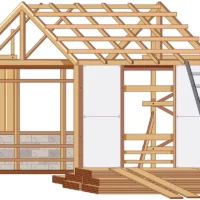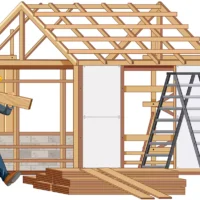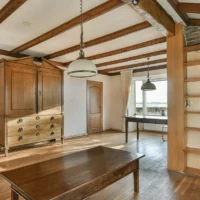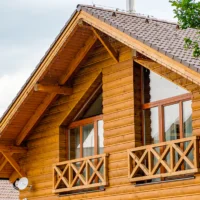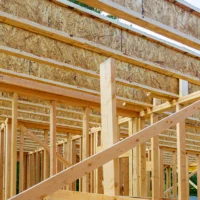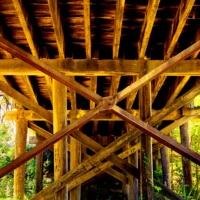Table of Contents
Introduction to Timber Frame Pool Houses
A timber frame pool house is rapidly gaining popularity among homeowners and designers seeking to blend natural beauty with functional outdoor living spaces. Whether you want a cozy retreat by the pool or a stylish entertainment area, a timber frame pool house provides the perfect balance of rustic charm and modern durability.
This article explores everything you need to know about timber frame pool houses, including their unique features, styles, and why timber frames are an ideal choice for poolside structures.
What is a Timber Frame Pool House?
A timber frame pool house is a specially designed outdoor structure built primarily using timber framing techniques. Unlike traditional stick-frame construction, timber framing uses large wooden beams joined together with intricate joinery methods, often exposed as a key design feature. These structures serve as versatile poolside buildings, offering spaces for changing, relaxing, entertaining, or even housing pool equipment discreetly.
The beauty of a timber frame pool house lies in its combination of robust construction and aesthetic appeal, enhancing your poolside environment while providing practical benefits.
Why Timber Frames Are Ideal for Poolside Structures
Choosing timber framing for your pool house has several advantages, making it an ideal option compared to other building materials:
- Natural Durability: Timber, especially hardwoods and treated softwoods, offers excellent weather resistance, making it durable against poolside moisture and sun exposure.
- Aesthetic Appeal: The exposed wooden beams and natural grain of timber create a warm, inviting atmosphere that blends seamlessly with outdoor surroundings.
- Structural Strength: Timber frames provide strong structural support, allowing for larger open spaces and flexible designs without excessive use of internal walls.
- Sustainability: Many timber suppliers source wood from sustainably managed forests, making timber frame pool houses an eco-friendly option.
- Versatility: Timber frames can be customized to fit any style, from rustic lodge-inspired designs to sleek modern looks.
Key Features of a Timber Frame Pool House
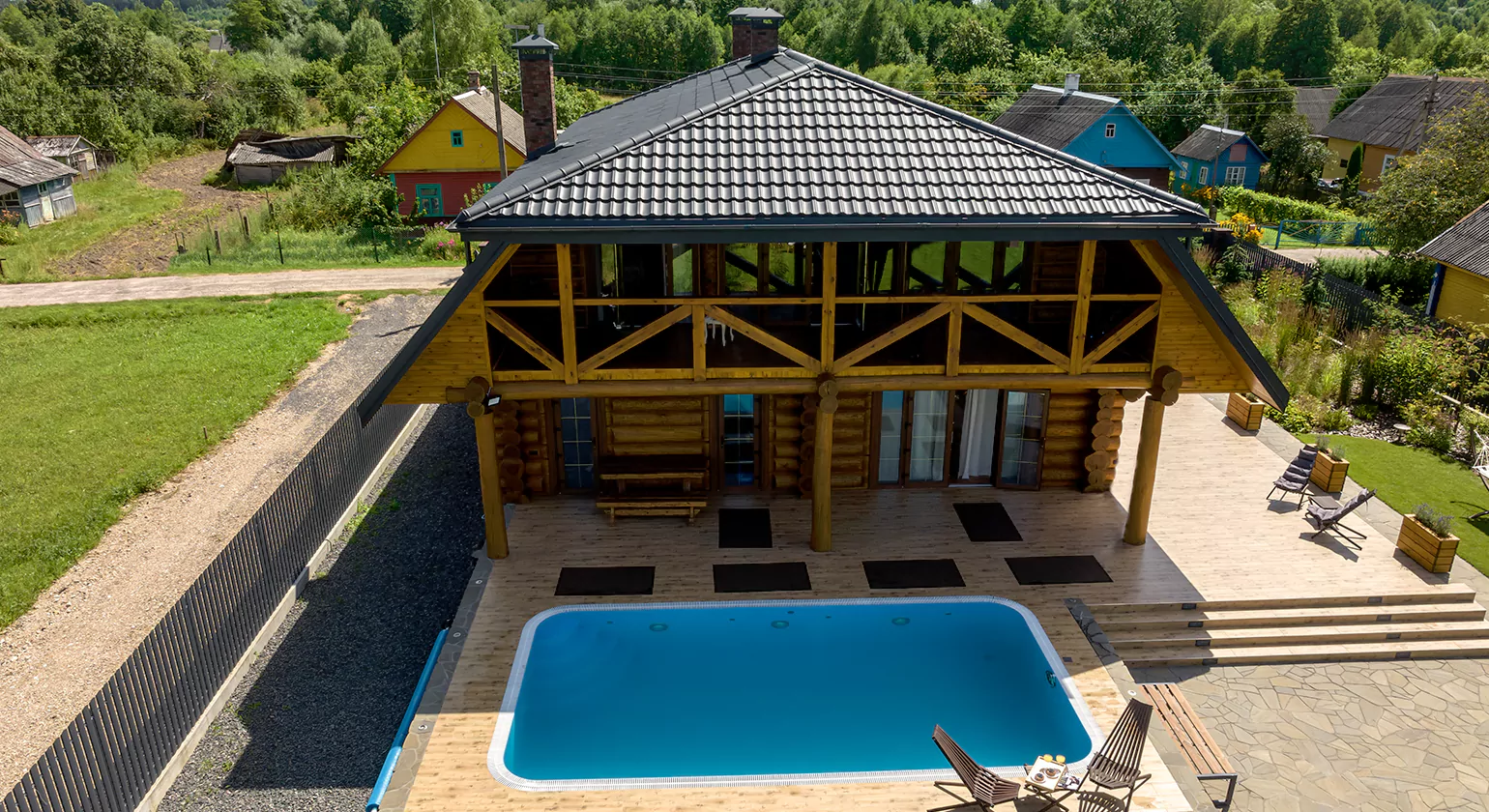
Design Elements of Timber Pool Houses
The design elements of timber pool houses focus on showcasing the timber’s natural beauty while maximizing functionality. These key features include:
Exposed Beam Aesthetics: One of the most striking design elements of a timber frame pool house is the exposed wooden beams. These beams not only add visual interest but also highlight the craftsmanship of timber joinery techniques. The natural textures and patterns of timber bring warmth and character to any poolside setting.
Open-Air & Enclosed Options: Timber frame pool houses can be fully enclosed for year-round use or designed as open-air pavilions to maximize airflow and pool views. Open-air options are perfect for hot climates, providing shade without sacrificing the outdoor experience. Enclosed designs may include glass walls or screens for added protection from weather and insects.
Durable Joinery & Weather Resistance: Traditional timber joinery methods, such as mortise and tenon joints, create strong connections that withstand shifting and settling. Modern treatments and finishes improve timber’s natural resistance to moisture, UV rays, and pests, ensuring your pool house remains beautiful and sturdy over time.
Types of Timber Frame Pool Houses
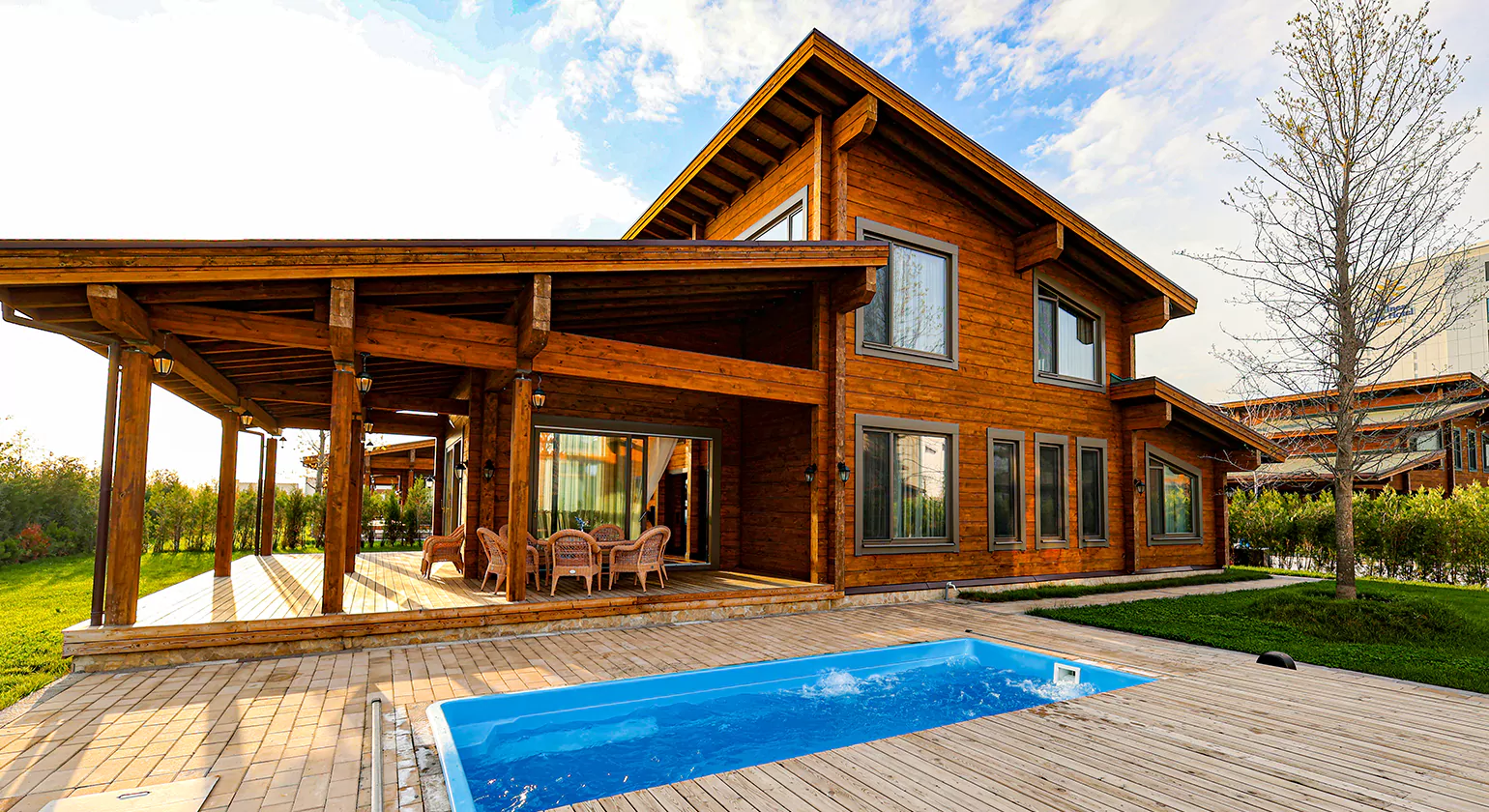
Styles of Timber Frame Pool Houses
Timber frame pool houses come in various styles that cater to different aesthetic preferences and functional needs. Here are some popular styles:
- Rustic Lodge Style: This style emphasizes rugged, natural wood with heavy beams, rough-hewn finishes, and often includes stone or brick accents. A rustic lodge timber frame pool house evokes a cozy cabin feel, perfect for those wanting a warm, inviting retreat.
- Modern Minimalist: For a sleek, contemporary look, the modern minimalist timber frame pool house uses clean lines, smooth finishes, and often integrates large glass panels or sliding doors. This style prioritizes simplicity and connection to the surrounding environment.
- Traditional Post-and-Beam: Classic post-and-beam construction uses visible vertical posts and horizontal beams, showcasing traditional craftsmanship. This style balances elegance and function and can be customized with various roofing and siding materials.
- Hybrid Timber & Glass Designs: Combining timber frames with extensive glass walls or retractable panels, this style merges natural wood warmth with modern transparency. It creates a light-filled, airy space that feels open yet sheltered.
Why Invest in a Timber Frame Pool House?
Investing in a timber frame pool house not only enhances the aesthetic appeal of your outdoor space but also adds value to your property. These structures provide versatile spaces that can serve multiple functions — from poolside bars and lounges to guest accommodations or storage for pool gear.
Furthermore, timber frame construction ensures longevity, sustainability, and a timeless design that complements any backyard or landscape style.
Maintenance Tips for Timber Frame Pool Houses
Maintaining a timber frame pool house is straightforward when you follow these key tips:
- Regular Sealing: Apply water-repellent sealers every few years to protect the wood from moisture and UV damage.
- Inspect for Damage: Check for signs of insect infestation, rot, or cracking and address them promptly.
- Clean Gently: Use mild soap and water to clean surfaces, avoiding harsh chemicals that may damage the timber.
- Maintain Roof and Gutters: Proper drainage prevents water buildup that could damage timber posts and beams.
Benefits of Choosing a Timber Frame Pool House
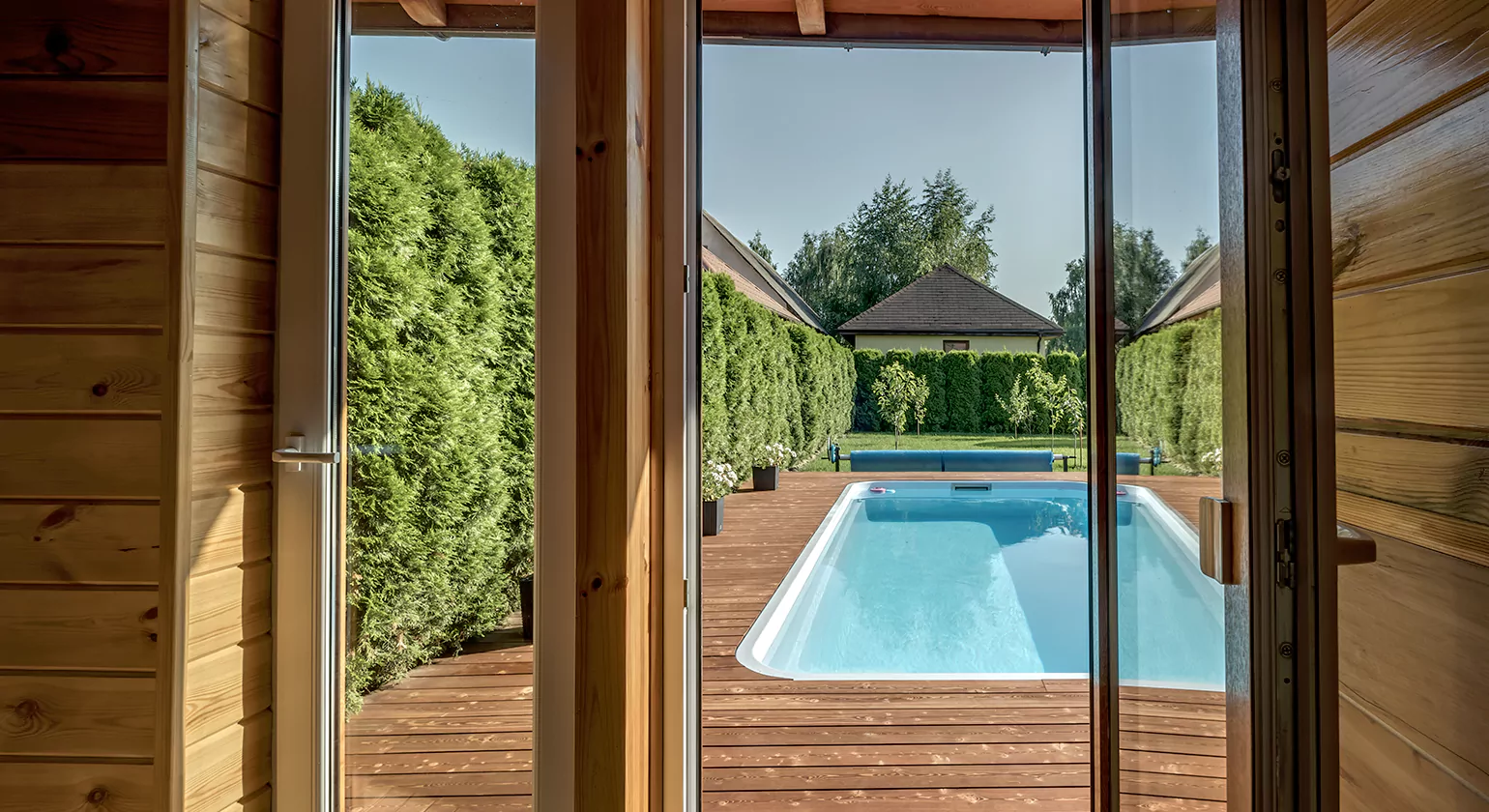
When it comes to selecting the perfect poolside structure, a timber frame pool house offers unmatched advantages that combine style, durability, and environmental responsibility. Many homeowners are discovering the advantages of timber frame pool cabanas as they seek elegant, long-lasting solutions to enhance their outdoor living spaces. Here’s why a timber frame pool house is an exceptional choice:
Strength & Longevity
One of the most compelling benefits of a timber frame pool house is its inherent strength and longevity. Timber framing uses large, solid wood beams and advanced joinery techniques that create robust, load-bearing structures able to withstand harsh weather conditions, including moisture and temperature changes common around pools. Unlike some materials that may degrade or warp over time, properly treated timber resists decay and maintains structural integrity for decades. This durability ensures your timber frame pool house remains a reliable feature of your outdoor space for years to come.
Natural Aesthetic Appeal
The natural beauty of wood is unmatched in creating warm, inviting environments. A timber frame pool house integrates seamlessly into outdoor landscapes by showcasing exposed beams, rich wood grain, and earthy tones. This organic aesthetic is appealing not only to the eye but also creates a relaxing atmosphere perfect for poolside retreats. Whether you prefer rustic charm or sleek modern finishes, timber can be customized to complement any design vision while maintaining that authentic woodsy feel.
Customizable Design Options
Timber framing offers incredible flexibility in design. From intricate exposed trusses to minimalist posts and beams, the design possibilities are virtually limitless. You can tailor your timber frame pool house to include open-air patios, enclosed spaces, or hybrid designs with glass panels. Additionally, timber allows for creative roof styles, overhangs, and decorative elements that fit your lifestyle and complement your home’s architecture. This level of customization ensures every timber frame pool house is truly one-of-a-kind.
Eco-Friendly Building Materials
Sustainability is a growing priority in construction, and timber is one of the most eco-friendly building materials available. When sourced responsibly from sustainably managed forests, timber is renewable and has a lower carbon footprint compared to steel or concrete. Additionally, timber framing construction produces less waste and requires less energy during manufacturing. By choosing a timber frame pool house, you’re making an environmentally conscious decision that contributes to reducing your home’s overall ecological impact.
Design Ideas for a Timber Frame Pool House
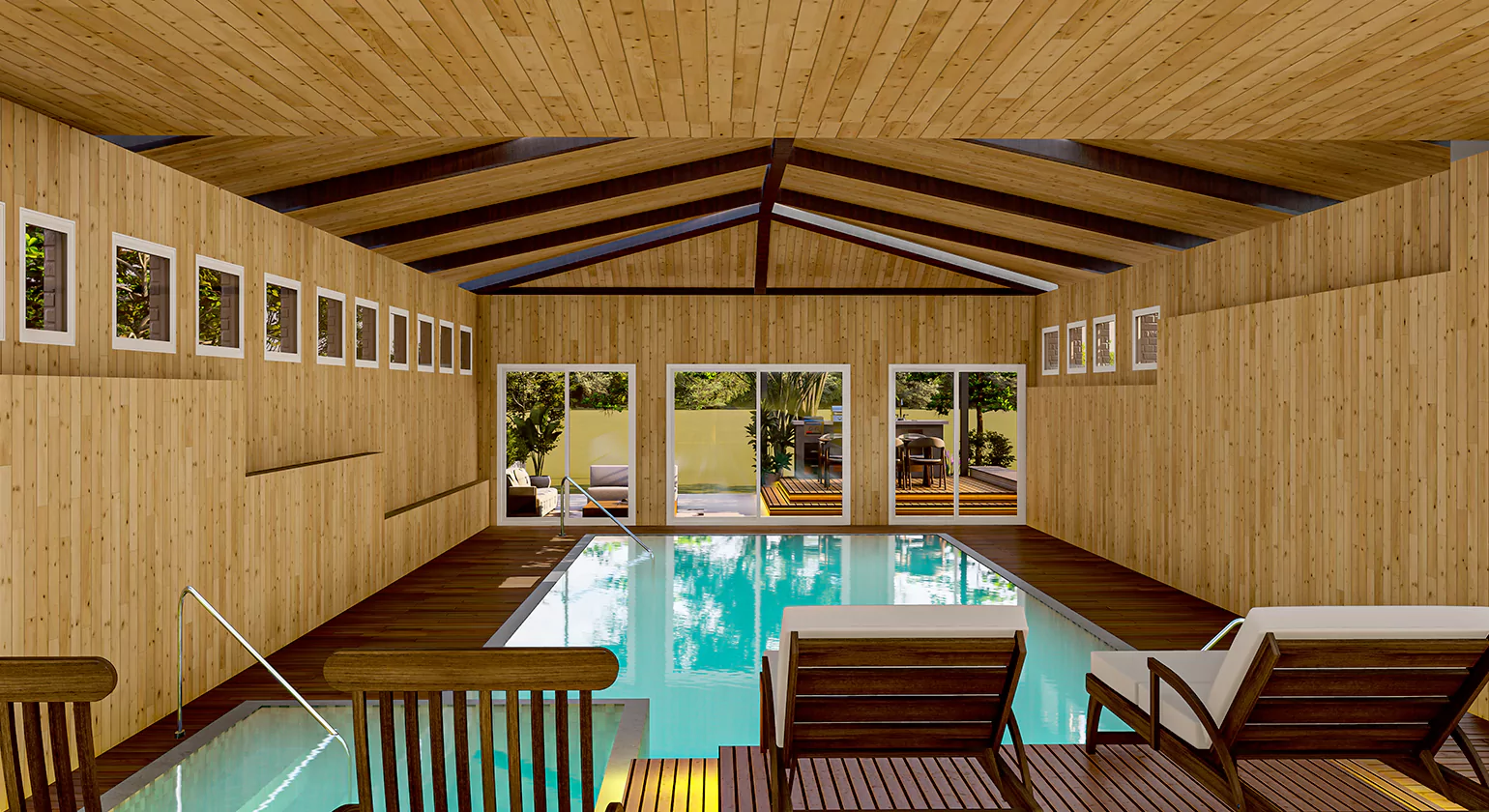
If you’re looking for timber frame pool house design inspiration, there are many innovative ways to use these versatile structures to enhance your pool area’s functionality and style. Here are some popular and practical design ideas that homeowners are incorporating:
Outdoor Kitchens & Bars
Transform your timber frame pool house into a social hub by adding an outdoor kitchen or bar. This setup allows for easy entertaining by the pool, making it convenient to prepare snacks, serve drinks, and enjoy meals outdoors. Timber framing adds a rustic yet refined backdrop for cooking appliances, countertops, and bar seating, blending functionality with aesthetic appeal.
Changing Rooms & Showers
Incorporate private changing rooms and showers within your timber frame pool house for ultimate convenience. This addition keeps wet swimsuits and towels out of your main home, providing a dedicated space to freshen up after swimming. Custom timber cabinetry and finishes can be integrated seamlessly, ensuring the space remains stylish and cohesive with the rest of your pool house.
Entertainment Lounges
Create a comfortable entertainment lounge inside your timber frame pool house. Furnished with weather-resistant sofas, a fireplace, or even a media center, these lounges offer a shaded retreat where family and friends can relax and socialize after a swim. Large open sides or sliding glass panels allow fresh air and natural light, enhancing the poolside experience.
Guest House Conversions
For those who want more from their pool house, converting the timber frame structure into a guest house is an excellent idea. Adding insulation, plumbing, and electricity can turn the space into a cozy accommodation for visitors. The timber frame’s natural warmth helps create a welcoming atmosphere that guests will appreciate.
Cost Guide: Timber Frame Pool House Pricing in 2025
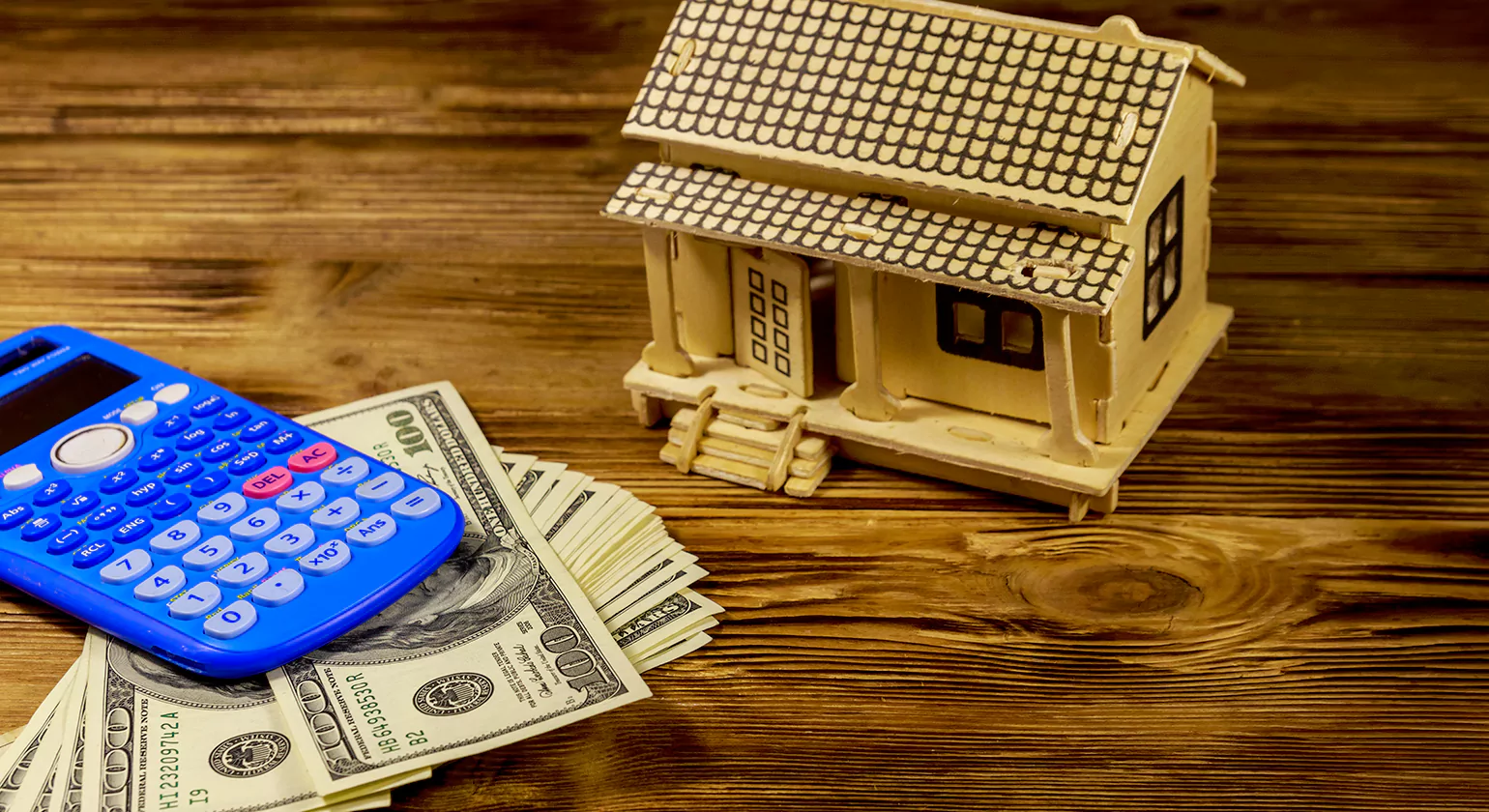
Understanding the cost of building a timber frame pool house is crucial for planning your project and budgeting effectively. Here’s a comprehensive guide on pricing trends and key factors influencing the cost in 2025.
Average Cost per Square Foot
On average, the cost of constructing a timber frame pool house ranges from $150 to $350 per square foot depending on the complexity of design, timber quality, and included amenities. The wide range accounts for basic open-air pavilions on the lower end to fully enclosed, high-end luxury builds with custom finishes on the higher end.
Factors Affecting Price
Several factors can impact the overall price of your timber frame pool house, including:
- Size: Larger pool houses require more materials and labor, increasing costs proportionally.
- Timber Type: Premium hardwoods such as cedar, oak, or Douglas fir cost more than treated softwoods but offer superior durability and aesthetics.
- Design Complexity: Intricate joinery, custom trusses, roofing styles, and additional features like glass walls or built-in cabinetry can raise costs.
- Additional Amenities: Adding plumbing for showers, electricity, HVAC, or outdoor kitchens will increase the budget.
- Location & Labor Costs: Regional differences in labor rates and material availability also affect pricing.
Budget vs. Luxury Builds
For homeowners on a tighter budget, a simple timber frame pool house with an open-air design, basic roofing, and minimal finishes can be an affordable yet beautiful poolside addition. These models emphasize core timber aesthetics and provide essential shelter and shade.
In contrast, luxury builds feature fully enclosed spaces, high-end timber species, designer fixtures, advanced climate control, and smart home integrations. These custom projects elevate your outdoor living experience but come with a higher price tag.
Construction Process of a Timber Frame Pool House
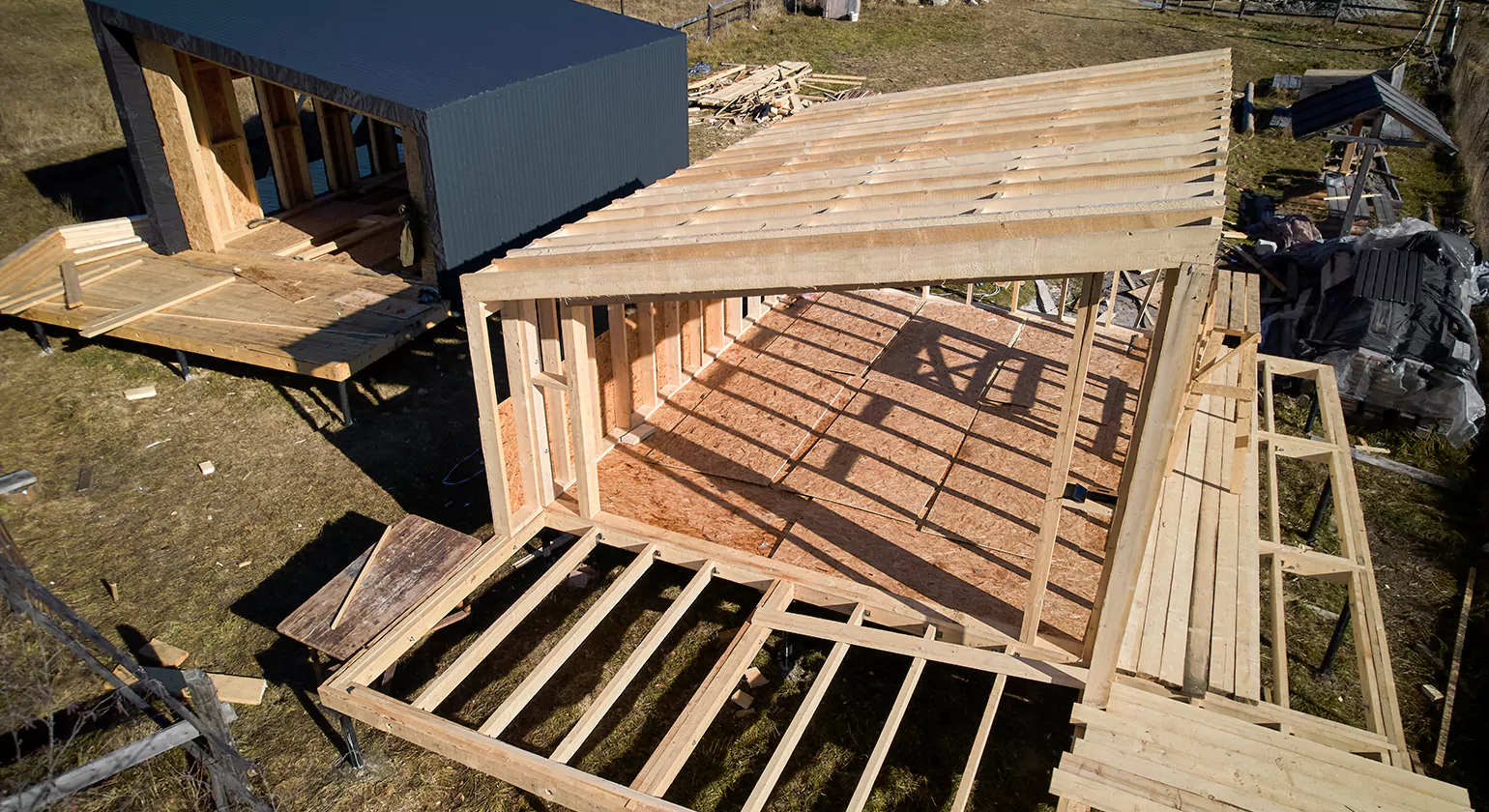
If you’re searching how to build a timber frame pool house, understanding the step-by-step construction process is essential for a successful project. Building a timber frame pool house requires careful planning, precise craftsmanship, and attention to detail to ensure a durable and beautiful structure that complements your pool area.
Planning & Permits
The foundation of any timber frame pool house project begins with thorough planning. Start by determining the size, style, and intended use of your pool house. Will it be an open-air pavilion, an enclosed lounge, or a guest house? This decision affects the design and permit requirements.
Next, check local building codes and zoning regulations. Most municipalities require permits for pool houses, especially if plumbing or electrical work is involved. Submit detailed plans for approval, including site location, structural drawings, and materials. Consulting with architects or timber frame specialists can ensure your plans meet all legal and safety standards, avoiding costly delays.
Timber Selection & Preparation
Choosing the right timber is crucial for the longevity and aesthetic of your timber frame pool house. Common options include Douglas fir, cedar, oak, and pine — each offering different balances of strength, durability, and appearance.
Once selected, the timber is carefully prepared. This includes drying (kiln or air-dried) to reduce moisture content, ensuring the wood doesn’t warp or crack over time. Some beams may be custom-cut and shaped offsite using traditional joinery techniques such as mortise and tenon joints. Precision at this stage guarantees a perfect fit during assembly.
Frame Assembly & Roofing
Assembly often begins on the ground, where the pre-cut timber components are fitted together temporarily to check alignment. Once confirmed, the frame is raised — sometimes with cranes for larger beams — and securely anchored to the foundation.
Roof construction follows, tailored to your design preferences. Timber frame pool houses can feature a variety of roof styles, including gabled, shed, or flat roofs. Roofing materials such as metal, shingles, or tiles are installed to provide weather protection.
During assembly, additional features like glass panels, doors, or screens may be integrated, depending on your chosen design.
Finishing Touches & Landscaping
After the structural frame and roofing are complete, the finishing touches bring your timber frame pool house to life. This includes installing flooring, cabinetry, lighting, and plumbing if applicable. Staining or sealing the timber protects it while enhancing the natural grain.
Landscaping around the pool house complements the structure and integrates it with your outdoor environment. Consider pathways, lighting, plants, and seating areas to create a seamless transition between the pool house and the rest of your yard.
Maintenance & Longevity of Timber Frame Pool Houses
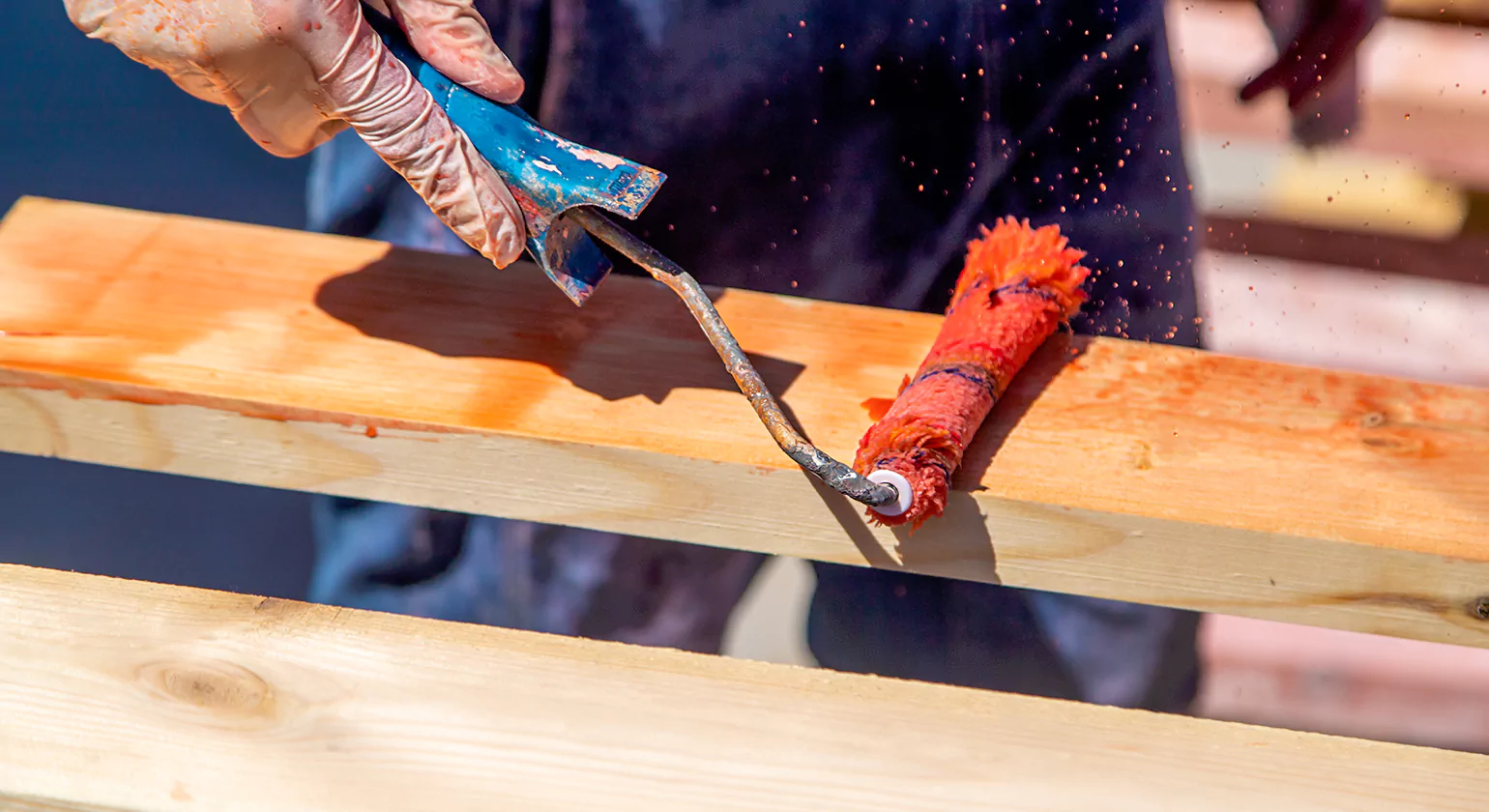
Proper care is essential for maintaining timber pool structures and ensuring your timber frame pool house remains a stunning, functional feature for years. Here are vital maintenance tips:
Waterproofing & UV Protection
Exposure to water and sunlight can degrade timber over time. Applying high-quality waterproof sealants or stains with UV protection shields the wood from moisture infiltration and sun damage. Reapply these treatments every 2-3 years, or as recommended by the product manufacturer, to maintain optimal protection.
Pest & Rot Prevention
Termites, carpenter ants, and fungal decay are common threats to timber structures near water. Use treated timber or apply pest-resistant finishes. Regularly inspect your pool house for signs of infestation or rot, such as discoloration, soft spots, or small holes. Early detection allows for effective treatment and prevents structural damage.
Seasonal Care Tips
Seasonal maintenance helps your timber frame pool house withstand changing weather conditions. In colder climates, remove snow buildup from the roof to prevent excessive weight strain. During wet seasons, ensure gutters and drainage systems are clear to avoid water pooling around timber posts. Regularly clean debris from the surrounding area to reduce moisture retention near the wood.
Timber Frame Pool House vs. Other Poolside Structures
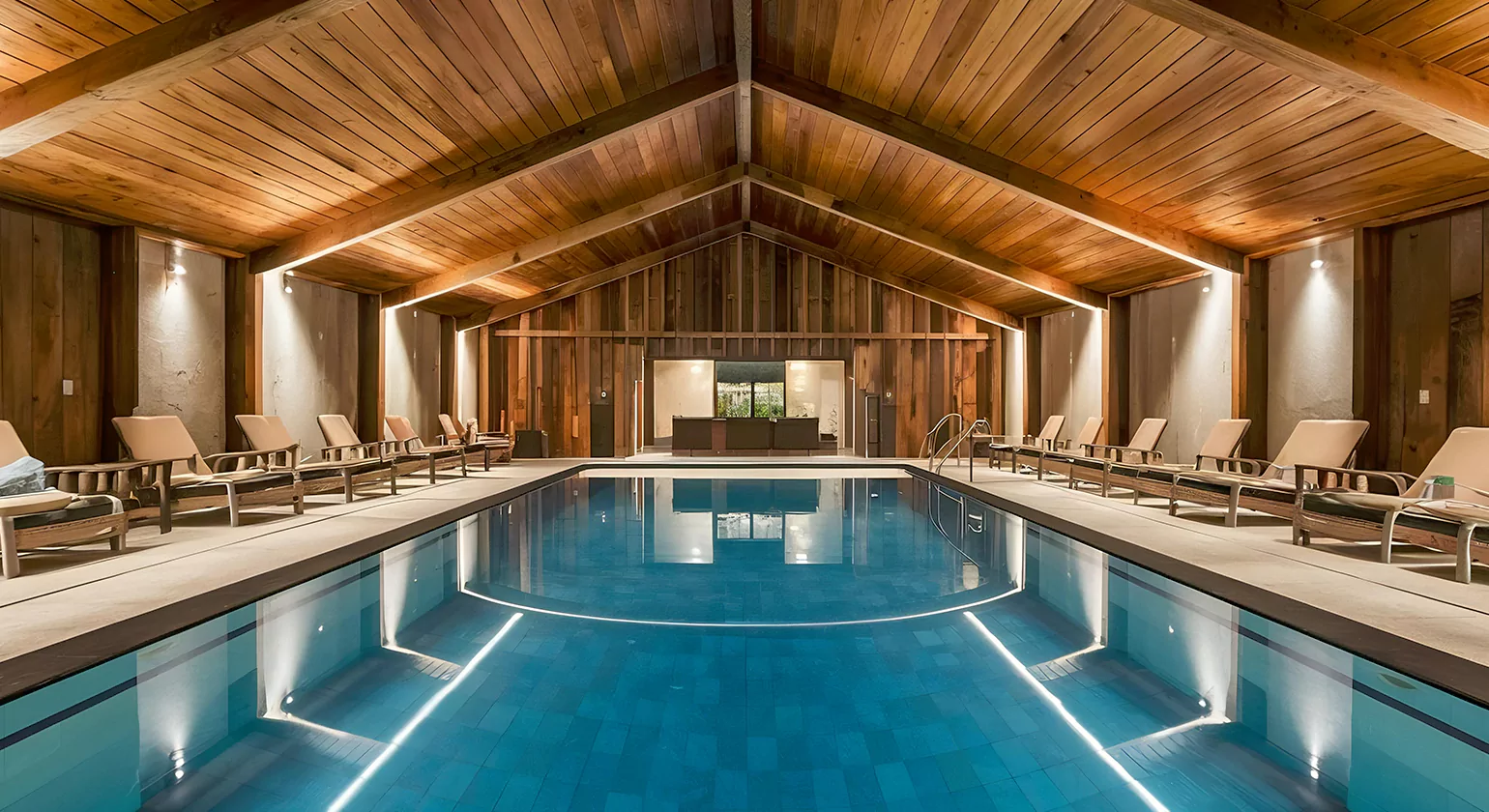
Choosing the right poolside structure depends on your needs, budget, and style preferences. Here’s a comparison to help you understand why a timber frame pool house might be the best choice over other common alternatives:
Timber Frame vs. Conventional Wood Sheds
While conventional wood sheds are generally more affordable and easier to construct, they lack the design flexibility and aesthetic appeal of timber frame pool houses. Wood sheds typically use smaller, less durable framing members and are enclosed with standard siding, which can look utilitarian.
In contrast, timber frame pool houses showcase large exposed beams and intricate joinery, offering a sophisticated, architectural statement. They provide open, airy spaces or fully enclosed luxury retreats, with greater potential for customization and higher long-term durability.
Timber Frame vs. Steel or Aluminum Structures
Steel and aluminum structures offer modern alternatives for poolside buildings with benefits such as low maintenance and resistance to pests and fire. However, these metal structures often lack the warmth and natural charm that timber frame pool houses provide.
Timber framing brings organic textures, timeless appeal, and eco-friendliness that metal structures cannot replicate. Additionally, timber can be easier to modify or expand, while steel or aluminum may require specialized fabrication.
Popular Locations & Layouts for Timber Frame Pool Houses
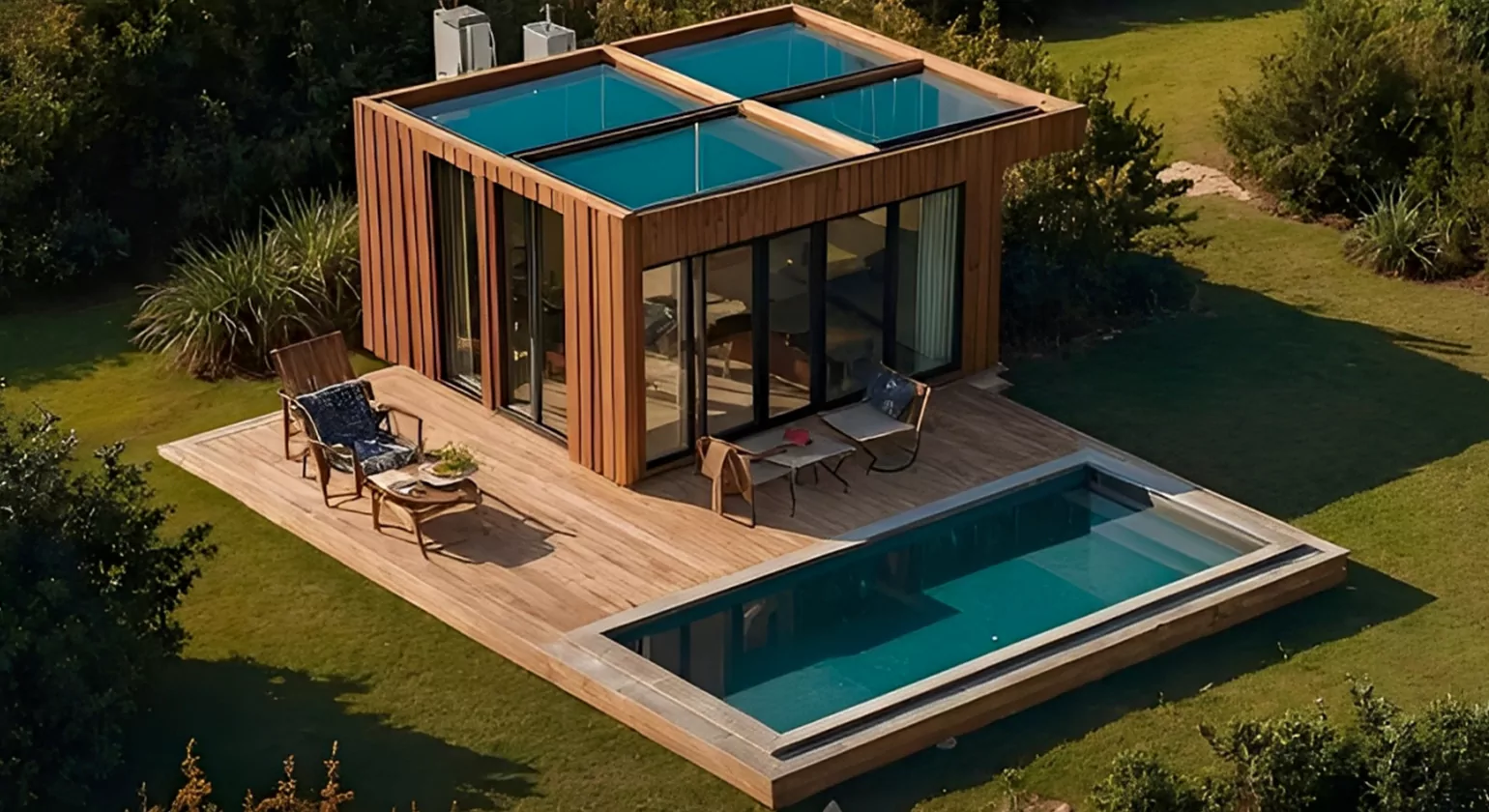
When designing your ideal timber frame pool house, considering the location and layout is essential to maximize both aesthetics and functionality. Whether you’re enhancing a private backyard or developing a commercial resort space, timber frame pool houses offer versatile solutions tailored to various settings. Here are some popular timber frame cabana ideas and layout options to inspire your next project.
Backyard Poolside
One of the most common and practical locations for a timber frame pool house is right beside your backyard pool. Here, the pool house can serve as a private cabana, providing shade, changing rooms, or an entertainment lounge. Its open-air design with exposed beams creates a seamless indoor-outdoor flow, perfect for relaxing after a swim.
Backyard layouts often feature open sides or large sliding glass doors, allowing fresh air and pool views. Adding amenities like outdoor kitchens, bars, or fire pits enhances usability and creates a welcoming space for family gatherings or summer parties. The natural timber frame complements garden landscaping, blending beautifully with greenery and paving.
Lakeside Retreats
For homes near lakes or waterfronts, timber frame pool houses become tranquil retreats that connect with nature. These structures can be designed as rustic lodges or modern minimalist shelters depending on the vibe you want to create.
Lakeside timber frame pool houses often feature large windows or retractable walls to maximize scenic views. Durable timber framing withstands humidity and moisture while maintaining aesthetic warmth. The design can include cozy seating areas, fireplaces, or even guest accommodations, making it a perfect getaway spot.
Resort & Hospitality Spaces
Timber frame pool houses are increasingly popular in resort and hospitality environments where ambiance and luxury are key. Resorts use these structures as elegant cabanas or private poolside suites that offer guests exclusive comfort and style.
Layouts in hospitality spaces often incorporate luxury finishes, fully enclosed designs, and integrated amenities such as spa rooms, outdoor showers, or mini-bars. The natural appeal of timber framing enhances the resort’s atmosphere by creating inviting and memorable experiences.
Conclusion
A timber frame pool house combines timeless beauty, durability, and versatile design, making it an ideal addition to any outdoor space—whether by your backyard pool, a lakeside retreat, or a luxury resort. Offering customizable layouts and natural aesthetic appeal, these structures not only provide functional shelter and comfort but also enhance the style and value of your property. Choosing a timber frame pool house means investing in a sustainable, elegant, and long-lasting poolside sanctuary that will elevate your outdoor living experience for years to come.
Know More>>> Rustic Timber Frame Porch Ideas for a Cozy, Inviting Space
FAQ'S
1. How long does a timber frame pool house last?
A timber frame pool house can last for decades, often 50 years or more, when properly built and maintained. Regular care, such as sealing, treating for pests, and checking for moisture, ensures durability. With quality materials and upkeep, a timber frame pool house remains strong, stylish, and functional for generations, adding long-term value to your property.
2. Can a timber frame pool house be enclosed for winter use?
Yes, a timber frame pool house can be enclosed for winter use by adding insulated walls, windows, and proper heating systems. This makes the space comfortable and functional year-round. With quality construction and energy-efficient design, a timber frame pool house can serve as a cozy retreat even in colder climates while retaining its rustic charm.
3. Is timber frame construction waterproof?
Timber frame construction itself is not fully waterproof, but when combined with proper sealing, protective finishes, and quality roofing, it becomes highly resistant to moisture. With regular maintenance and treatments, timber frame structures remain durable and weatherproof, ensuring long-lasting performance while maintaining their natural beauty and strength in all seasons.
4. What types of timber are best for pool houses?
The best types of timber for pool houses include cedar, oak, pine, and Douglas fir. Cedar is naturally resistant to moisture and insects. Oak offers strength and durability, pine is affordable and versatile, while Douglas fir provides excellent stability. Choosing quality timber ensures your pool house remains sturdy, stylish, and long-lasting with minimal maintenance.
5. How much does it cost to build a timber frame pool house?
The cost to build a timber frame pool house varies based on size, design, and materials, but generally ranges from 30000 to 80000 or more. Custom features, high-end finishes, and location can increase the price. Investing in quality timber and professional construction ensures durability, beauty, and long-term value for your poolside retreat.
6. Can I customize the design of my timber frame pool house?
Yes, you can fully customize the design of a timber frame pool house. Options include choosing the layout size, roofing style, windows, doors, and finishes. You can also add features like outdoor kitchens, storage, or lounge areas. Customization allows you to match the pool house with your property style while creating a functional space that suits your lifestyle.
7. How much maintenance does a timber frame pool house require?
A timber frame pool house requires moderate maintenance to preserve its strength and beauty. Regular tasks include sealing or staining the wood every few years, checking for moisture or pest damage, and cleaning the structure. Seasonal inspections help extend its lifespan. With proper care, a timber frame pool house remains durable, attractive, and functional for decades.
8. Are timber frame pool houses eco-friendly?
Yes, timber frame pool houses are eco-friendly since timber is a renewable natural material. They have a lower carbon footprint compared to concrete or steel structures. With proper sourcing from sustainable forests and energy-efficient design, timber frame pool houses provide durability while supporting green building practices, making them an environmentally responsible choice.

